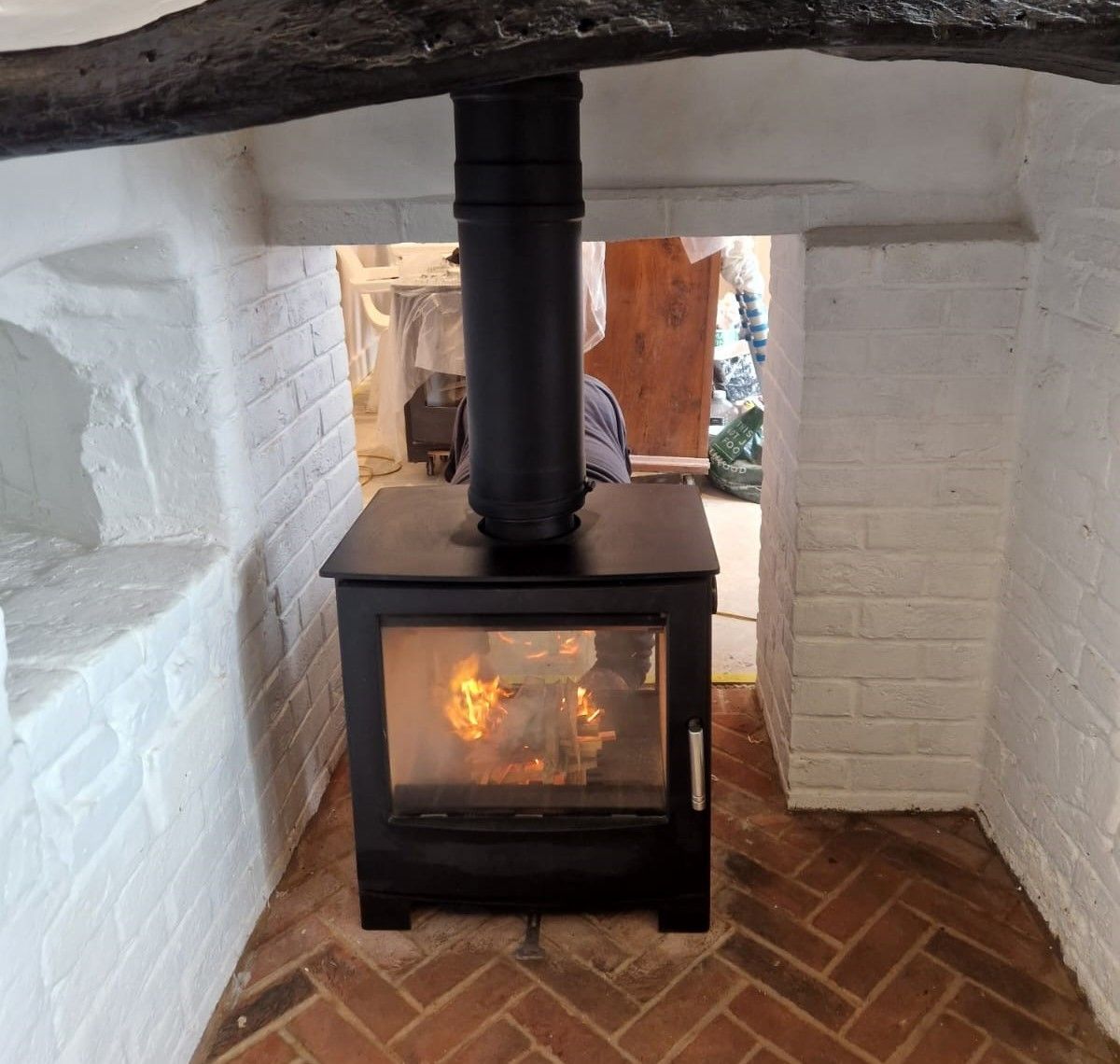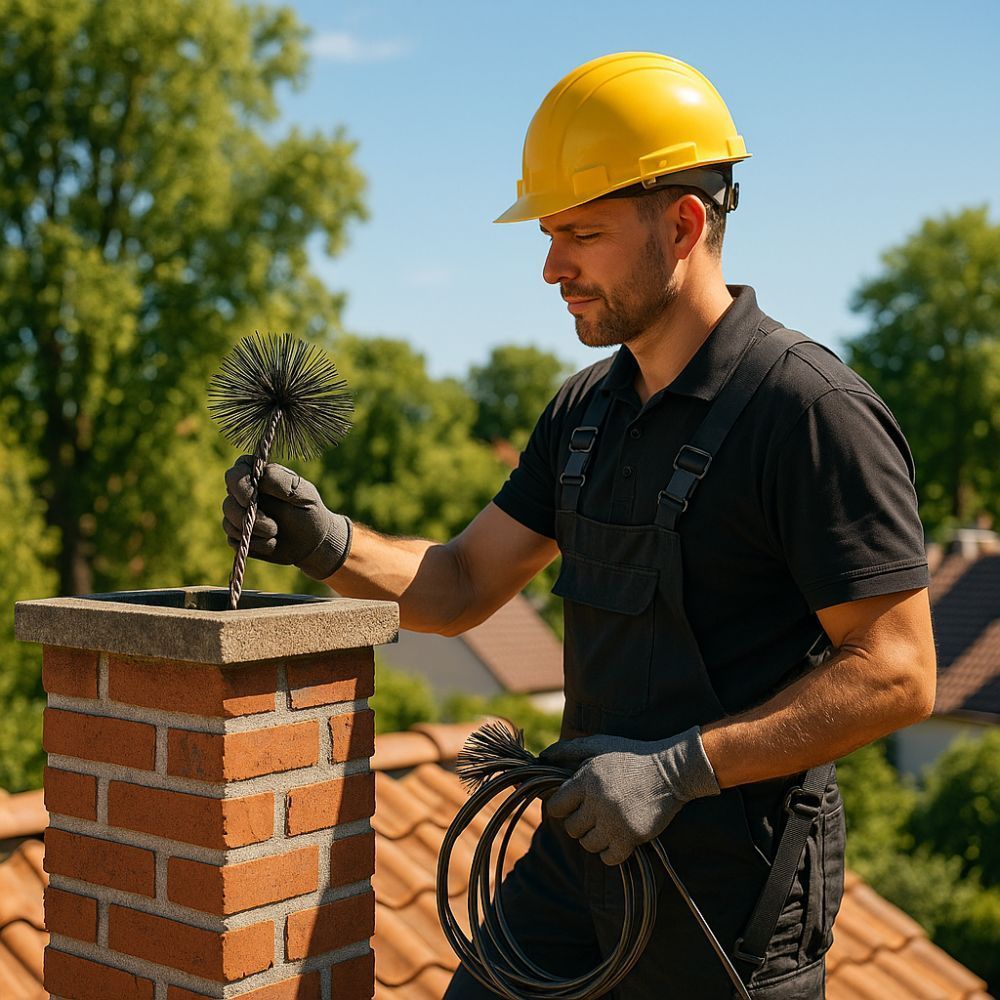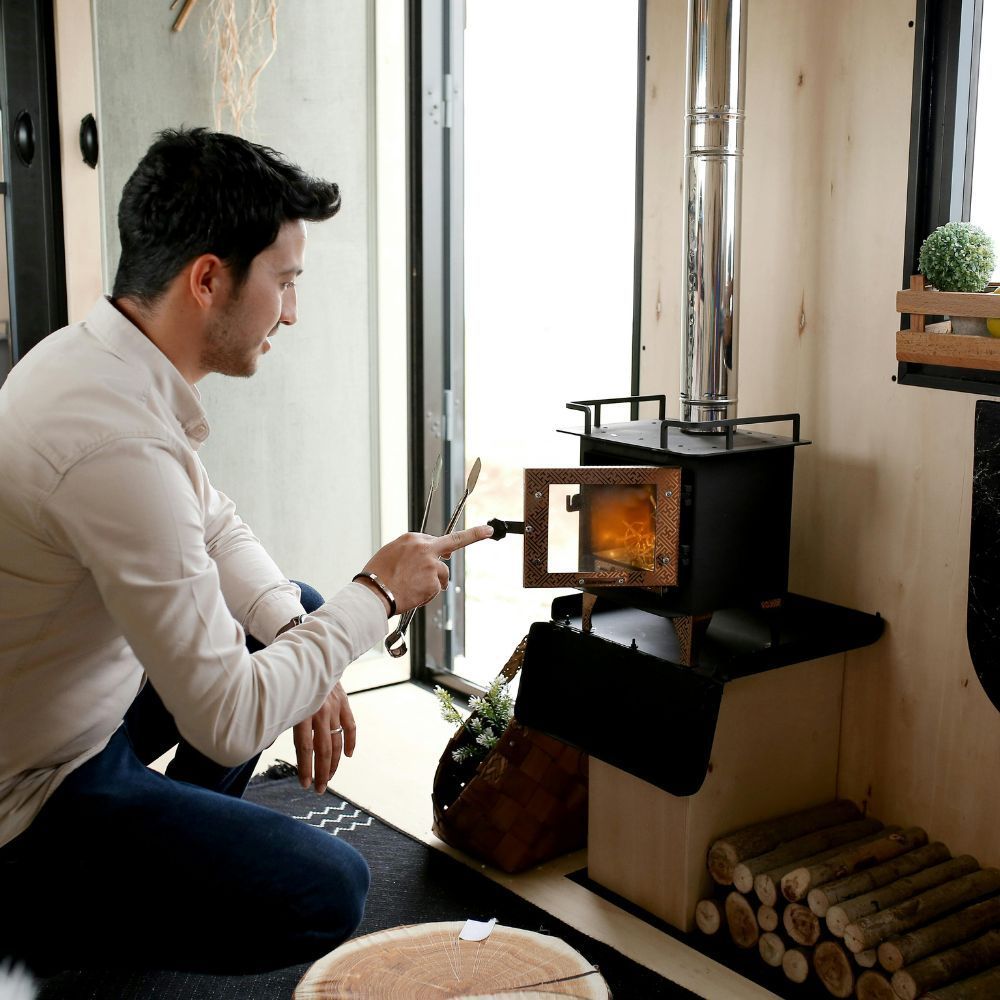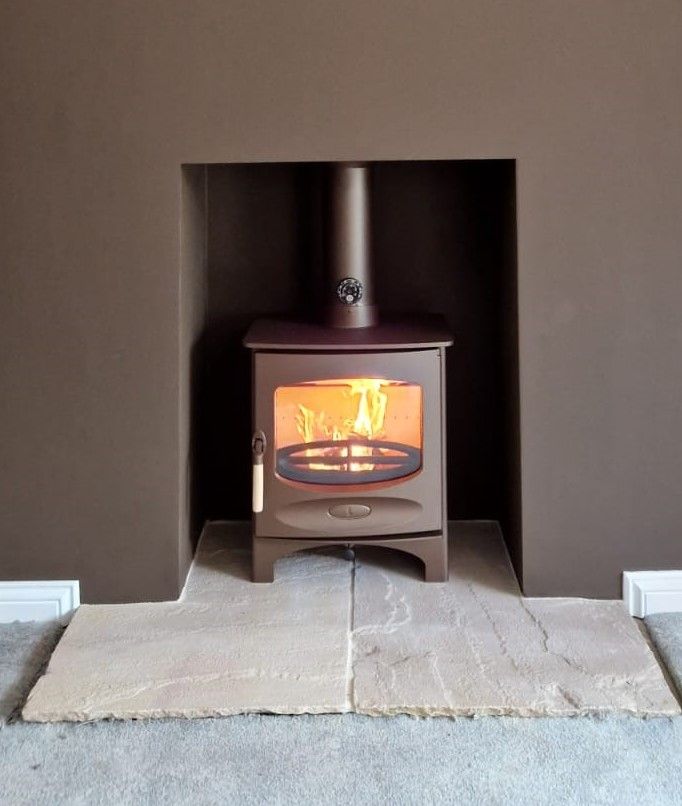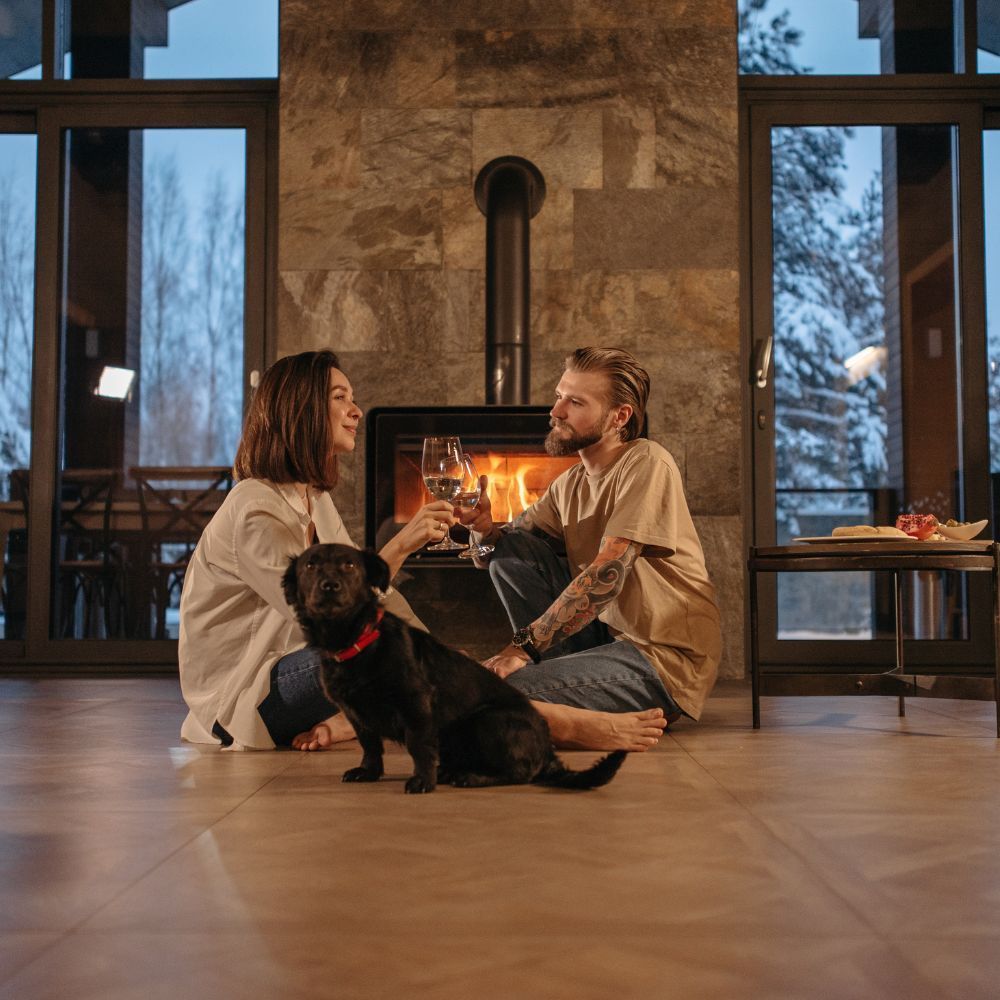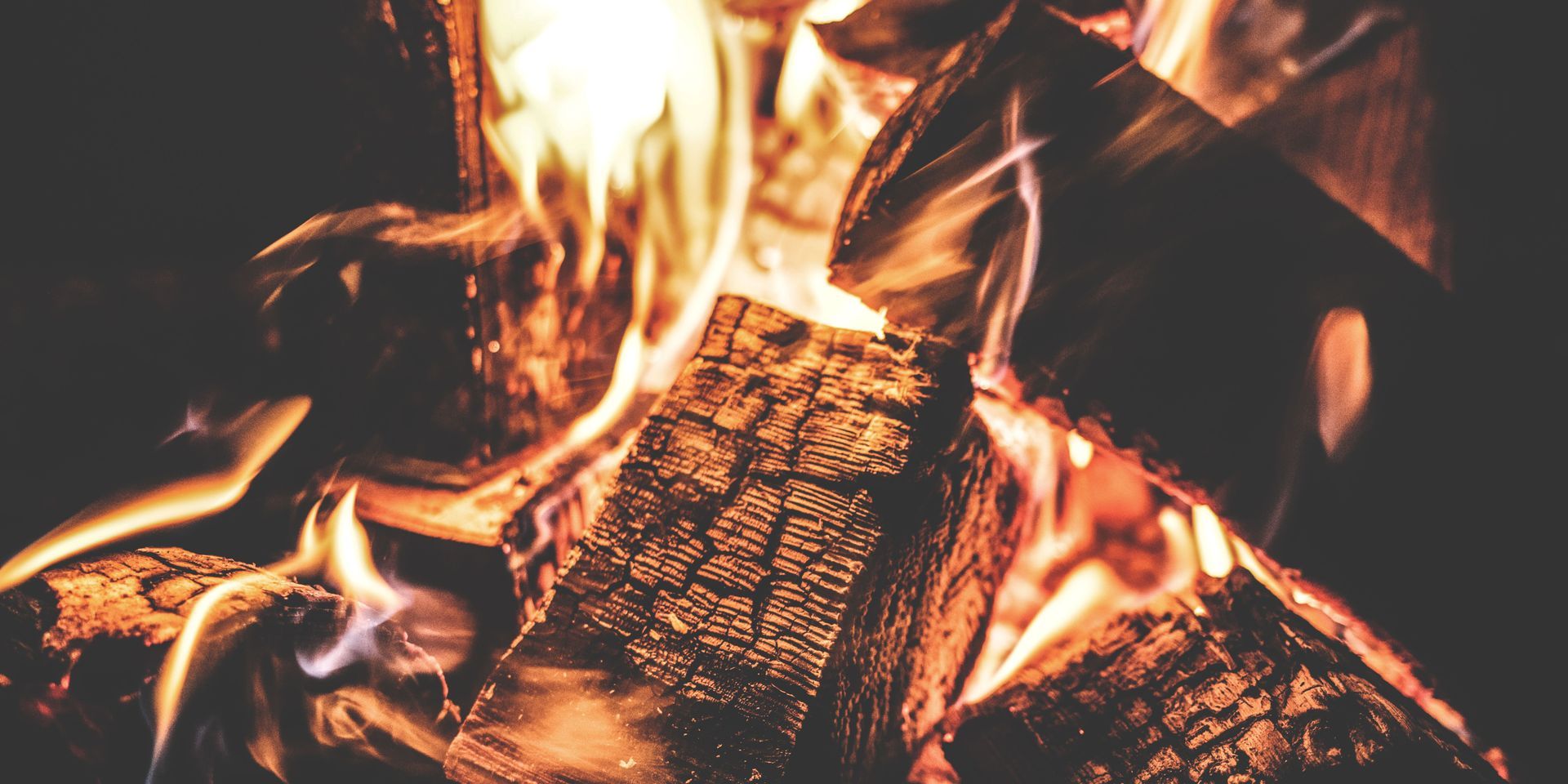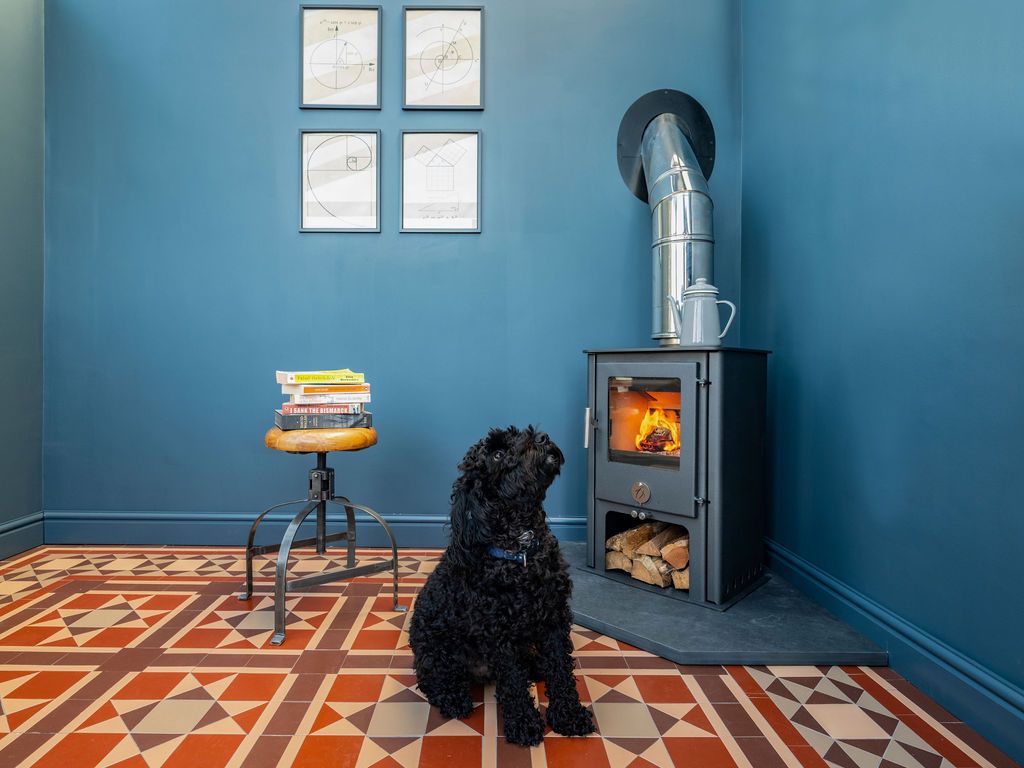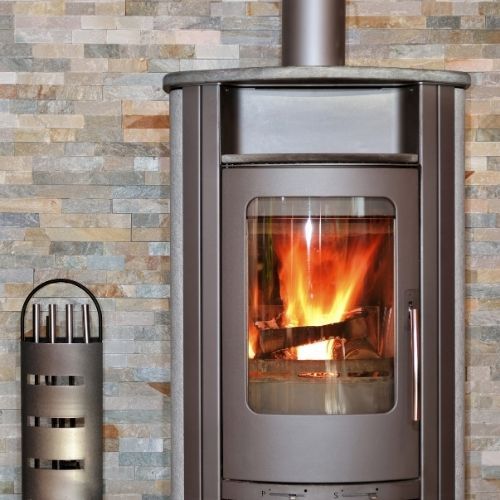Why wood burning stoves are better than central heating
How the heat from a wood burner differs from central heating, and why it feels better
If you’ve ever been skiing and experienced scorching solar heat at the top of white-capped mountains, or just seen pictures of skiers stripped to T-shirts sun-bathing in the snow, you’re most of the way to understanding the crucial difference between stoves and central heating. Here’s a clue: it’s not about air temperature. In the same way that you can feel sweltering at 1800 metres and 0°C when the sun is on your face, you can feel gloriously toasty in a cold house with your back to a fire. The converse is that in a centrally-heated house, you can still feel shivery even when the thermostat’s telling you that the air temperature is that of a summer’s day.
It’s not just psychological, though that is not a factor to scoff at either.

How wood burns
The sun produces massive amounts of energy from nuclear reactions and disperses the resulting energy into our solar system by radiation. A tiny proportion of this energy hits the surface of the earth. It is barely diffused by its journey through 90 million miles of vacuum. Space doesn’t get warmer. But when the rays hit our grateful faces, the radiation is converted instantly to heat.
A wood-burning stove works the same way (though on a slightly smaller scale). Those hot metal surfaces are sending out massive waves of energy that convert to heat the instant they touch your body.
The key distinction here is between radiant and convected or conducted heat. The latter two both rely on the movement of molecules.
Central heating runs at relatively low temperatures. While it still radiates some energy, its main effect is to warm the air and disperse heat slowly around the room through convection. If you touch the radiator, heat will be conducted into your fingers, but the main premise of central heating is that it will warm the air, which then heats your home through convection. Eventually, you, the animal, will come to no longer feel cold as the air temperature of your entire house rises to roughly half the temperature of your body. Your body itself, of course, helped by the insulating effect of clothing, is simultaneously generating enough heat to compensate for heat loss and keep you alive.
Why stove heat feels good
The intense heat from a radiant surface is different. Because there is no molecular exchange, energy is transferred directly through the air by infrared electromagnetic waves. Only when it hits a surface is it, like sunshine on your skin, converted into heat. Most objects emit radiation, but we experience no sensation of heat from them because our bodies are emitting radiation in equal or greater proportions: there is either a shortfall or they cancel each other out, so no sensory impact is felt.
However, in proximity to the high surface temperature and the emissivity of a cast-iron or steel stove (they have roughly the same conductivity), we absorb much more radiation than we emit, thus receiving a net energy gain. For illustration, the sedentary human body produces about 500 British thermal units (BTUs) per hour, while a modest 5kW stove, burning a kilo of wood over the course of an hour at around 70% to 80% efficiency, will produce roughly thirteen and a half thousand BTU, most of which will be transferred by radiation from the super-heated surfaces of the stove.
However, because of the insulating effects of firebricks at the back and sides, the ashes below and the baffle plate above, a disproportionate amount of that energy is projected from the front of the stove. The closer you sit or stand to the stove, the more surface area you present to it and the greater the amount of radiated energy will hit your body, resulting in the maximum transfer of energy and satisfyingly high localised temperature. If we estimate that a third of the radiation is projected from the front of the stove, and half of it hits your body, the ratio of energy-received to emitted-by-your-body is roughly 5:1.
That’s an extremely tangible, and extremely pleasurable, difference.
The increase in skin temperature is intensely satisfying, in the same way as turning your face to the sun, and engenders an incomparably greater sensation of warmth than that provided by air temperature.
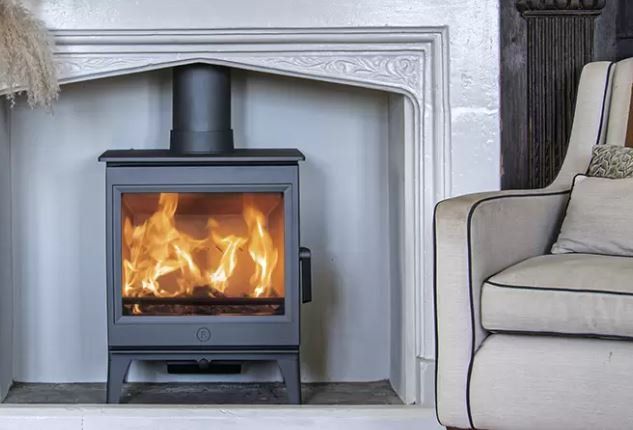
Charnwood’s Cranmore 7
Vince Thurkettle and Bear Grylls agree…
A radiator pales by comparison with a stove. As fire guru Vince Thurkettle so lucidly puts it, “I’ve never known someone to get the same feeling by snuggling up to their radiator.” Thus, in the same way that you can sunbathe in the Alps, when the air temperature is hovering slightly above freezing, or when Bear Grylls emerges sodden from a freezing lake and strips in front of a blazing fire to regenerate body heat, you can feel intensely warm by your stove even if the air temperature is well below notional ambient ‘room temperature’.
It is a simple fact that most life forms, from trees to lizards to hominids, prefers to experience heat through radiation. In domestic situations – for people, dogs and cats – a wood burning stove is the best possible mimic for the natural heat of sunshine.
Put a stove at the heart of your home
It’s why we consider the hearth to be the heart of the home. If your home feels a little cool at its core, give us a call for some expert advice or pop in to see us and experience the nourishing warmth only a woodburner can provide.
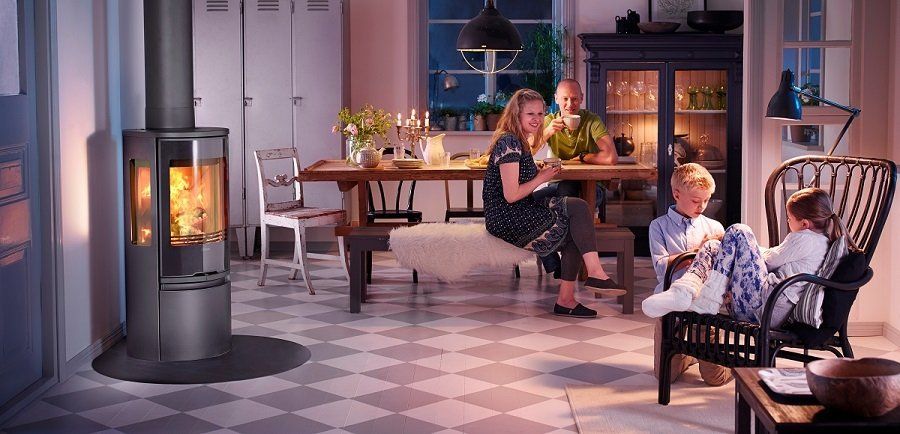
The enveloping warmth of a wood burning stove

